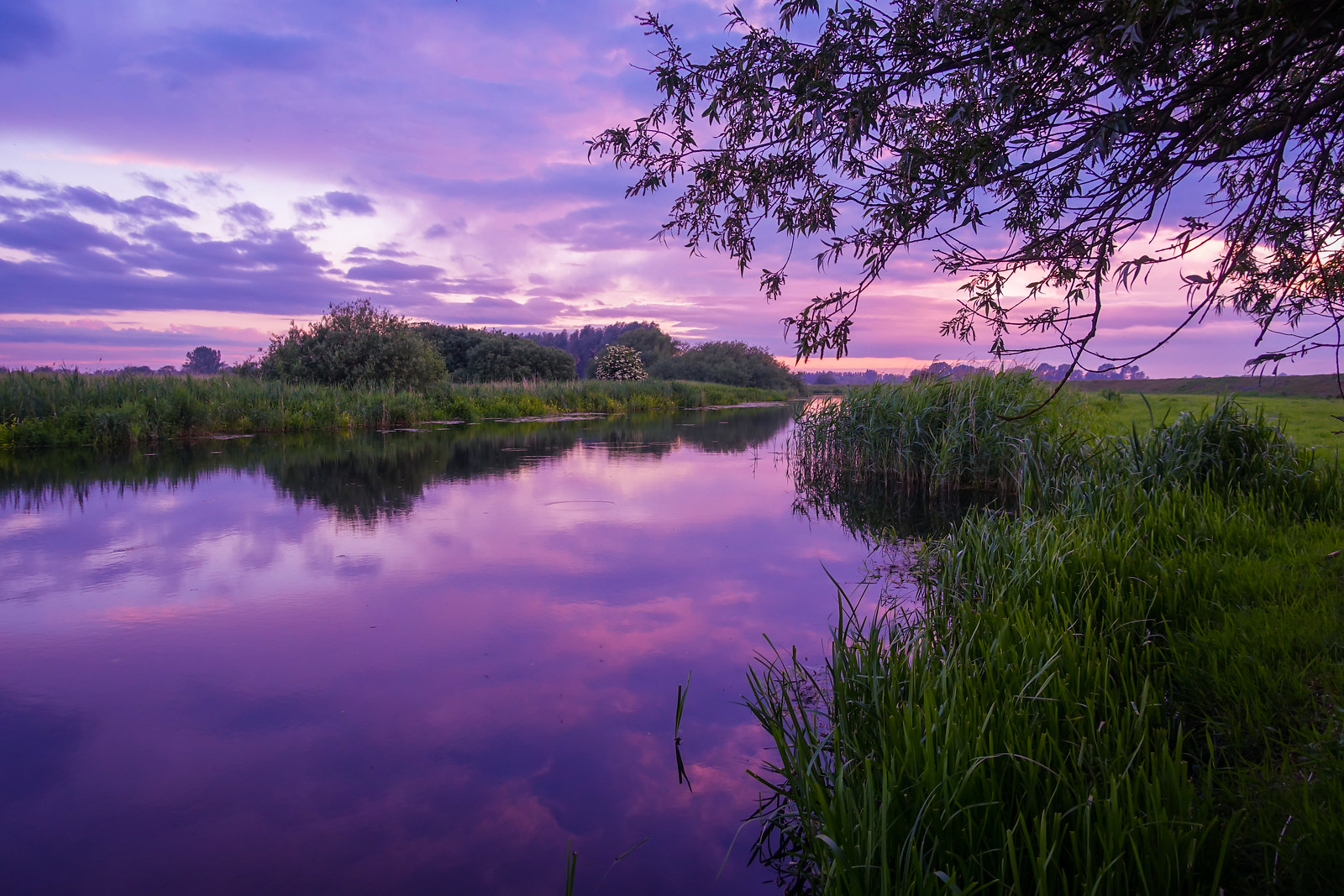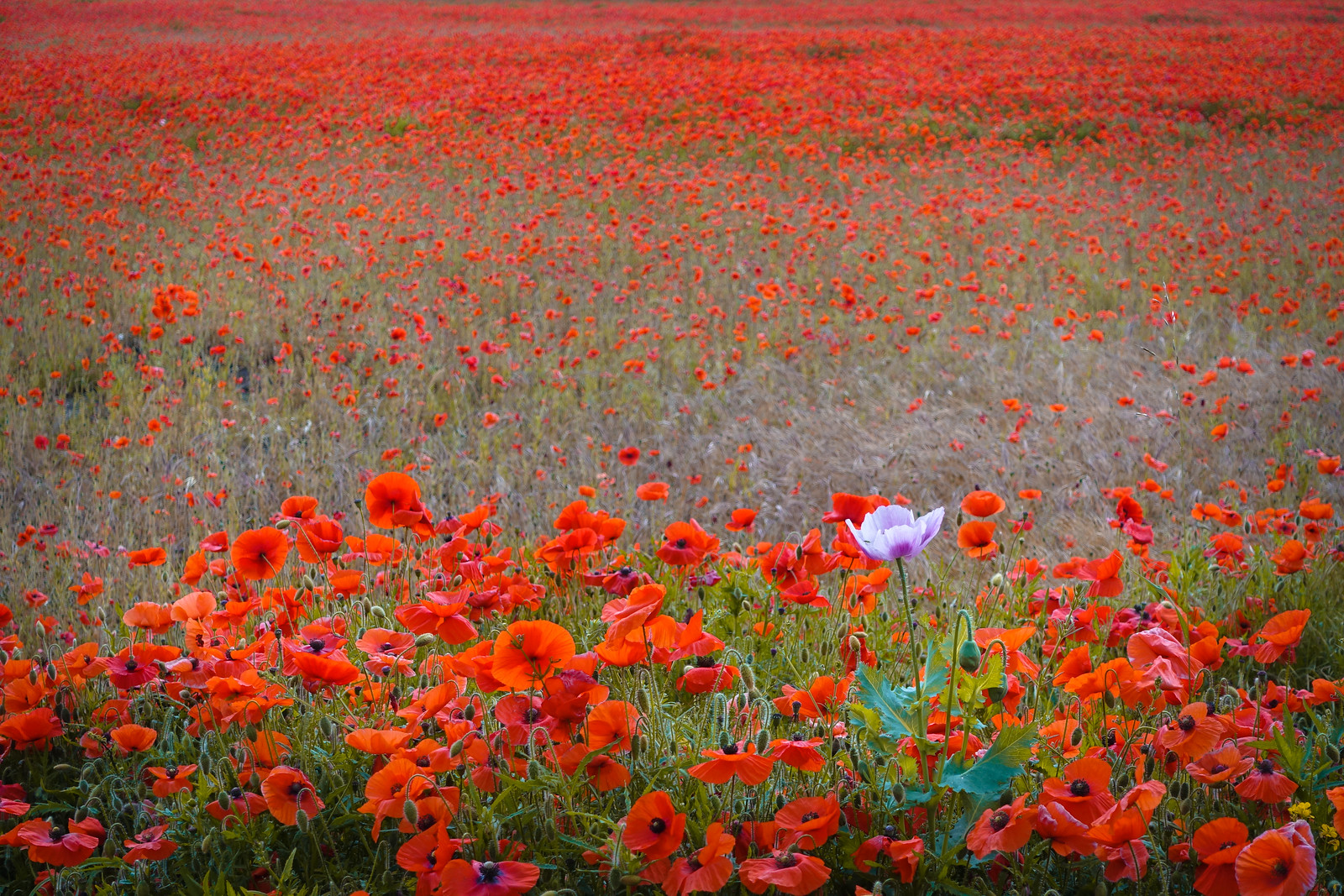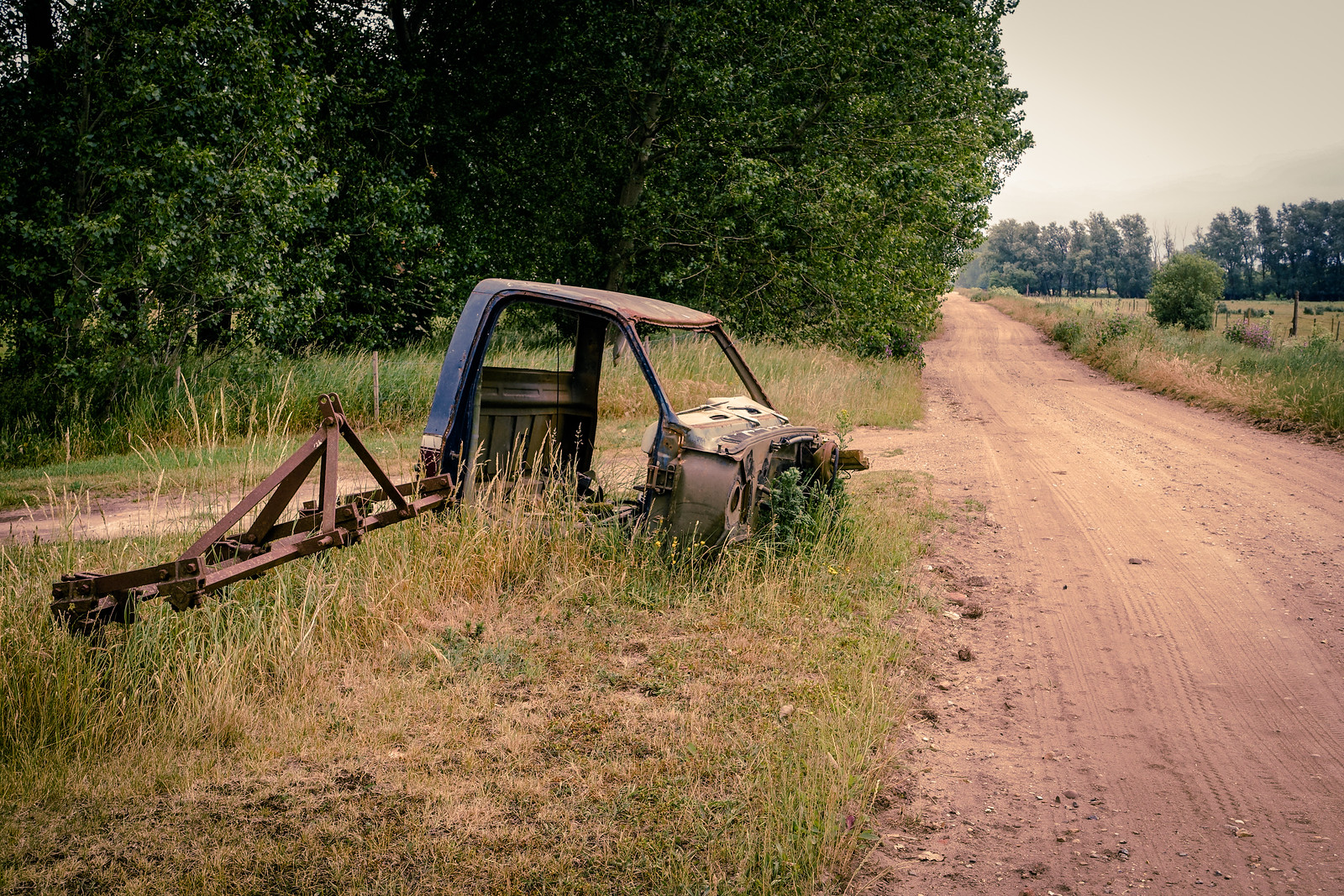A Fenland Microadventure from Adam Bowie on Vimeo.
I’ve been meaning to do one of these for ages. I can’t remember what path of serendipity sent me in the direction of Alastair Humphreys and his blog, but I’ve been reading it for quite a while now. He describes himself as an adventurer, author and motivational speaker, and that would seem to be pretty accurate.
In particular he’s coined the name “Microadventures” for a more accessible form of adventuring. Instead of needing months of planning, and many thousands of pounds in the application, microadventures are the kind of thing you can do overnight. An example would be the 5-9 microadventure where you leave work at 5pm, head out to a hill somewhere, spend a night under the stars, and get the train back into work for 9am the next morning.
He’s written a lovely book which elaborates a lot on what microadventures can be, and his blog is full of ideas and inspiration. He also organises an annual charity evening called Night of Adventure where he and like minded individuals tell stories – both big and small – full of lots of inspiration. I went for the first time this year, and it was packed full of ideas and fun stories.
But I hadn’t made that final leap. I’d not gone on my own microadventure.
Sure, I’d thought about it a lot. I’ve been camping – wild camping even – in the past. But that was part of something bigger – a cycle tour of the Outer Hebrides in that instance. The last time – the only time? – I’d slept out under the stars, was in Morocco on a terrific mountain biking trip many years ago. We had tents, but it was a hot night.
Alastair put up a challenge a couple of weeks ago: The Summer Solstice Challenge.
The challenge was that you should spend a night under the stars over the weekend of 20/21 June (or before the end of June anyway) and to record it in some way.
So I gathered a few bits and pieces together:
– Sleeping Bag
– Bivvy Bag (bought before wimping out of a previous challenge)
– Inflatable mat
– Towel
– Swimming trunks
And some camera gear.
I also had a few extra bits like a camping stove, that I ended up not using because to be honest, I don’t really need tea or coffee to get going in the morning. These all went into a bike pannier.
The next question was where should I go?
I really fancied the idea of somewhere near a river that I could go swimming in. But it always feels that the southeast is a bit built up for that. However there are of course rivers and ponds you can go swimming in. But wild camping too?
(Just to be clear, strictly speaking you can’t camp in England unless you have the landowner’s permission. There are the odd exceptions, but that’s the rule. However, in reality, if you get there late and leave early, the worst that’s likely to happen is that you’ll meet an early morning dog-walker finding you.)
For various reasons somewhere near The Little Ouse on the Cambridgeshire/Norfolk/Suffolk borders seemed ideal. Although lots of time spent looking at an Ordnance Survey Map can help (Alastair notes that Bing Maps has an OS option making it better for this sort of thing than Google Maps), I turned to the recently published Wild Guide to Southern and Eastern England. It has hundreds of suggestions of places off the beaten track to try.
I alighted on a spot near Lakenheath in the Fenlands; it was near a nature reserve and would meet my needs perfectly.
Although there’s a very nearby railway station, the service is relatively infrequent, and I was planning on using a bike anyway (my trusty “tourer” – in reality a 20+ year old mountain bike converted for the purpose). So I decided I’d set out to Littleport on the London-King’s Lynn railway line. From there the flat straight roads of the Fens would take me near to where I wanted to get to.
I’d checked the weather and while it wasn’t brilliant, it wasn’t bad. Except…
I checked again as I traveled into King’s Cross, and suddenly there was a chance of rain in the middle of the night. I didn’t want to get wet, and hadn’t brought an actual tent. What should I do?
I headed to a small camping shop in Camden where the chap sold me a cheap tarpaulin, and some rope. It cost £8 all in. This would keep me dry.
Then it was the train to Littleport followed by a 25km cycle ride. In retrospect, it might have been better had I not already cycled 80km earlier in the day. And the excursion into Camden from King’s Cross meant I’d got a later train to Littleport than I’d originally planned. That meant no time to get a proper evening meal at a pub before I found a place for the night. I’d rely on the few provisions I was taking with me.
I was cycling some miles further southwest of the area I’d been in for the Tour of Cambridgeshire a couple of weeks earlier, but the roads and the landscape were very similar; pan flat with exposure to winds. The land has been drained artificially over the centuries, but being very fertile is dominated by agriculture. The roads are mostly dead straight, turning at right-angles. They tend to be called Droves, a name that implies that they were once used for herding animals. Criss-crossing the landscape are a mixture of dykes, drains and ditches. In the fields, hoses were watering crops.
I finally reached the point where the road met the Little Ouse by whose banks I planned to camp. But now I had a choice.
A dirt road ran towards where I was going, but it ran some way away from the river, and while following it would be easier, I might miss a good spot to make camp. On the other hand, the 1:25,000 OS Map I’d loaded onto my phone showed a bridlepath running right along the river bank. I could cycle along that, and try to find a nice place to stop.
That was the plan. In fact, the bridlepath was barely a footpath, atop an artificial bank. Thick grass and thistles meant that I had to walk my bike much of the way.
And then there were the cows.
These fields were used for cattle – a variety that had horns. And the relative narrowness of the fields between the river to my left, the bank I was walking along, and the fence to my right, meant that I had to pass close by them in each of the three fields I passed through.
Each time, we played a game where the cattle would glance up to see me coming. A staring contest would then ensue as I wheeled my bike in their direction. The cattle would “blink” first and run to the other end of the field – invariably the end I needed to exit from. Then I had to hope they’d go left or right and let me pass.
The first two fields were without incident, the cattle heading down towards the river bank and away from my path. But in the third field, the cattle had gathered right by the gate I needed to pass through. And there was little place for them to move. They had youngsters with them – and I know mothers get protective.
They did pass me. Quite close by, and at quite some speed. “Stampede” might be overselling it, but it was a thunderous sounds, and I wouldn’t have wanted to get in the way of them. They’d made their presence felt on the ground too. I tip-toed around the fresh cow-pats and through the gate.
The next field seemed to be empty of cattle which was just as well for camping. I didn’t want any bovine interruptions in the middle of the night. And there was a nice copse down by the riverbank that looked like it was on dry land. Perfect for spending the night.
I wheeled my bike over a patch of dried out marshland and into the copse, where a small footpath trailed along the river bank. I found a suitably flat area of ground to place my sleeping bag. However, I was still worried about the prospect of rain, so I set about tying my tarp to a few nearby trees to provide some shelter. I’d seen enough of Bear Grylls and Ray Mears to know that keeping dry was important, although I suspect neither of them would have been too impressed with my efforts.
In the event, it never rained, and the tarp mostly made quite a racket blowing in the wind.
The spot was indeed lovely, although there was the small matter of insects. Being close to the river meant that there were a fair few flies. I’d brought what I thought was a small mosquito net that I’d bought years ago and had never used. But on closer inspection, the “net” turned out to be bits of string and hooks to support a net.
Another lesson learnt: know your kit before you go.
The long grass, thistles and nettles during the walk to the site, along with these insects meant that I did come away with a certain amount of bites and skin irritation.
I’d love to say that I had a quiet night’s sleep, but sleep is always intermittent for me camping. There were some wonderful bird sounds. I’d seen kestrals on my way into the area, and I heard owls during the night. But in the distance I could also hear a pump somewhere – the Fens rely on pumps for water maintenance. I was actually pretty close to the Lakenheath airbase, but I wasn’t disturbed by USAF planes. However sleeping outdoors is such an unusual experience, that your brain over-compensates and your imagination runs wild. At one point I was sure that a motorised boat was coming down the river – guards patrolling the banks. It was my imagination… and that pump again.
Dawn was around 4.25am, although the birds woke me earlier than that. I got back to sleep and by around 5.30am there was a the sun was bright and sky golden. I should have been up at that point to take photos or video. But I drifted off again, and by the time I actually got up at about 6.30am clouds had come across and the day was a little grey.
It’s worth noting that because my bivvy was a super-cheap one, there was a lot of condensation that collected on the inside. That meant that later at home both it and the sleeping bag needed a proper airing to dry them out.
I took some more video footage, and then decided that to complete my challenge, I needed to go for a swim.
I’m not scared of a bit of water, and the ability to swim in the Little Ouse had been a major reason for coming here. Swimming trunks at the ready I approached the water’s edge and put my feet in.
It was really quite pleasant. But there was a lot of mud and silt at the water’s edge, and it wasn’t clear how deep that went. I lowered myself into the water and quickly my legs went thigh deep into the mud. I could just about wade a single step, but the mud was so deep that I was actually quite worried about my restricted movement. I had to grab hold roots and branches to pull myself out and back onto the bank. I tried a couple of other points in the river. The same problem.
I was on my own, and did not fancy drowning because the mud near the bank was too deep.
I suspect that if I’d leapt into the water further out, I ‘d have been fine. And perhaps I could have swam from the deep into the shallows of the bank and pulled myself out that way. But frustrating though it was, I had to opt out of the swim, even though the water was so inviting.
I packed up my camp and headed out. I had planned to complete a loop back to Littleport using some smaller drove roads I’d identified on the map. But a barrier blocked my way, so I had to return via a dirt track road past some remote farmhouses and out to the main road. Then it was a slog, mostly into a headwind, cycling back towards Littleport.
The station only gets one train an hour, and it was clear that the headwind was hampering me to such an extent, I’d be getting the 10.50am rather than the 9.50am. Eventually I reached Littleport, found a newsagent which sold sugary drinks to both rehydrate me and provide some energy after my sapping bike ride.
Then finally it was the train back home.
A good day out, and despite some unpreparedness, and a failure to get a swim, great fun.
In the meantime, I think the following are worth looking at for the future:
– A mosquito net hood
– Insect repellent
– A portable hammock
(- And I’d love to try an inflatable kayak too)
So where next?



